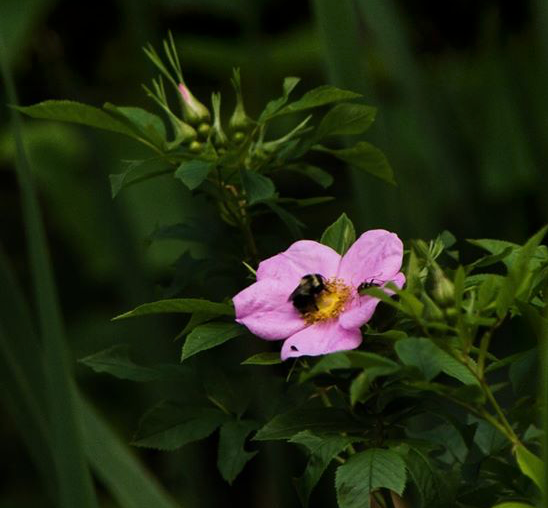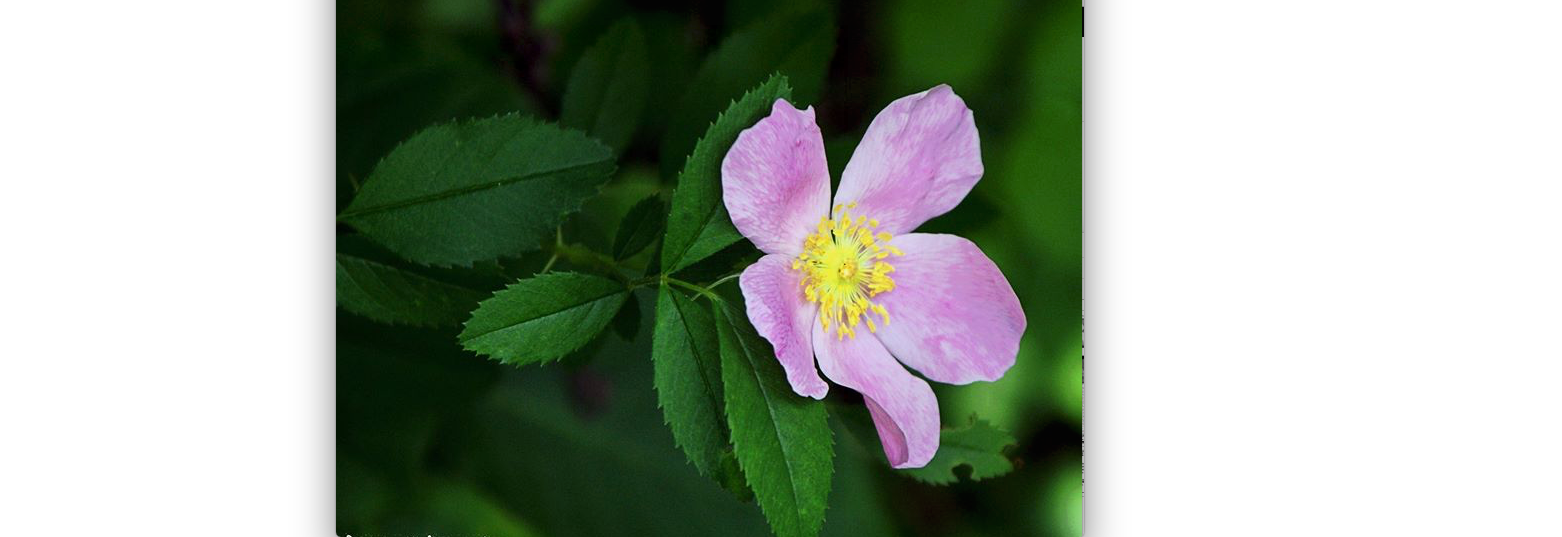Species of roses
Published 7:48 am Thursday, August 2, 2018
Roses are very old flowering plants. Fossil evidence shows that they’re around 35 million years old.
The cultivation of roses probably began in China over 5,000 years ago. The ancient Egyptians placed wreaths of roses in tombs. The Romans planted large gardens of roses. They used rose petals to toss on returning armies that had been victorious in battle. Newlyweds were often crowned with roses, and, of course, roses were used for medicinal purposes and for making perfume.
In 15th century England, roses were powerful political symbols. During the War of the Roses, a white rose was the symbol of the House of York, while a red rose was the symbol of the House of Lancaster. The winner of the war, Henry VII from the House of York took a wife from the House of Lancaster to seal the peace. He merged the white and red rose symbols into a new Tudor rose. And then, of course, there was Josephine, wife of Napoleon Bonaparte.
She created a famous rose garden and aspired to have at least one of every known rose in the world. The modern era of rose cultivation began just a bit later with the creation of the first hybrid tea rose. Gardening has never been the same.
There are approximately 150 species of roses found worldwide. There are 15 species found in Virginia. Of these, five (including one sub species) are native.
The two most common species are Rosa carolina, the Carolina or pasture rose, and R. palustris, the swamp rose. Gertrude Stein may have famously written that “A rose is a rose is a rose is a rose is a rose,” but not quite in this case. There are subtle differences.
The swamp rose is generally found in wet, swampy areas or along streams. It can grow to be 6 feet or more tall. It has prickles that are stout and curved downward like claws and found at each node along the stems. The flowers of the swamp rose are usually in corymbs or clusters.
The pasture rose prefers dry sunny areas along the edge of wooded areas and along roads. It’s a much shorter plant that tends to form colonies via underground runners. The prickles of the pasture rose are almost straight and very plentiful. Both the swamp rose and the pasture rose are found throughout the state; both have pink blooms, but those of the pasture rose are slightly smaller.
Both roses are equally lovely. So… check your local trails for examples of each one and remember what Shakespeare wrote: “A rose by any other name would smell as sweet.” So true.
CYNTHIA WOOD is a master gardener who writes two columns for The Herald. Her email address is cynthia.crewe23930@gmail.com.






